WNBA And Social Activism: A Critical Analysis Of Recent Events
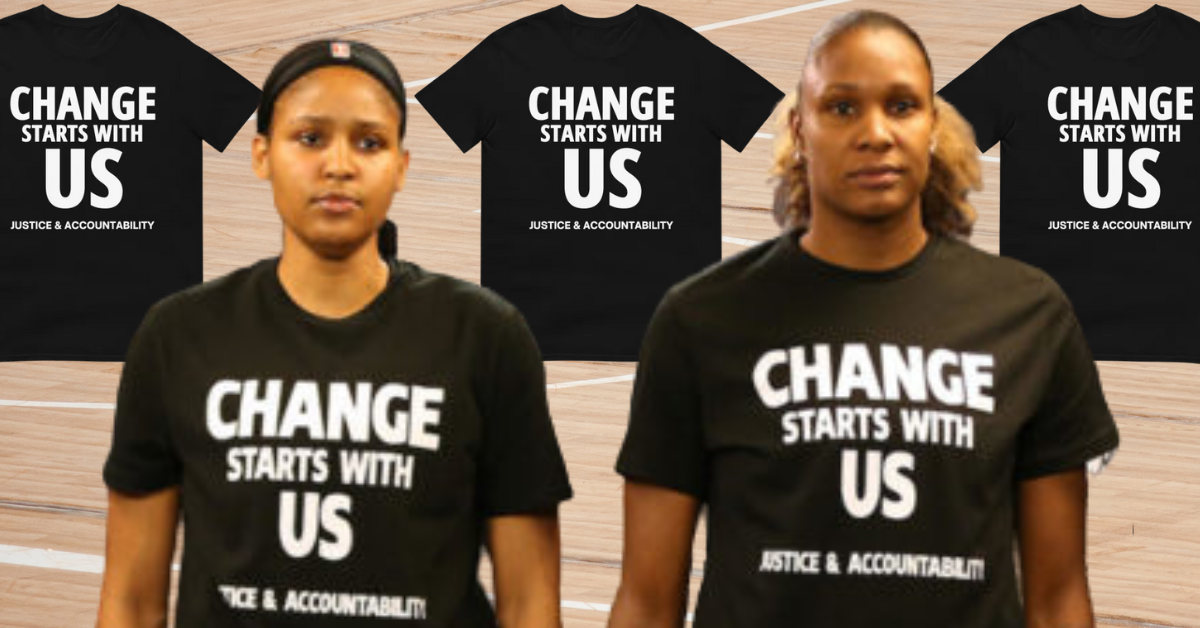
Table of Contents
The WNBA's History of Social Justice Advocacy
The WNBA's dedication to social justice wasn't born overnight; it's a legacy built on years of courageous acts and consistent engagement.
Early Activism
From the league's inception, players have demonstrated a commitment to social justice causes.
- Support for LGBTQ+ rights: Many players have been vocal allies and advocates for LGBTQ+ equality, participating in Pride events and speaking out against discrimination.
- Racial justice initiatives: Early involvement in racial justice initiatives included players speaking out against police brutality and systemic racism. These actions laid the groundwork for the more organized movements we see today.
The impact of these early actions, although sometimes subtle, was significant in establishing a culture of activism within the WNBA. It normalized the idea of athletes using their platforms for social good, paving the way for future, more organized efforts.
The Rise of Collective Action
In recent years, the WNBA has witnessed a dramatic shift towards more organized and collective activism. This isn't just individual players speaking out; it's a league-wide effort.
- League-wide initiatives: The WNBA has partnered with organizations and implemented league-wide initiatives focused on social justice issues.
- Player-led movements: Players have formed powerful coalitions and movements to address specific issues, coordinating actions and amplifying their message. These organized efforts have significantly increased the impact and visibility of their activism.
These collective strategies have proven incredibly effective, garnering significant media attention and sparking wider conversations about crucial social issues. The coordinated approach has made the WNBA’s voice stronger and more impactful on the national stage.
Recent High-Profile Activism and its Impact
The WNBA's recent activism has been marked by several high-profile events that have captured national and international attention.
Specific Event Analysis: The 2020 Season and the Say Her Name Campaign
The 2020 WNBA season, played amidst the backdrop of the global pandemic and the resurgence of the Black Lives Matter movement, stands out as a pivotal moment in the league's history of activism. Players prominently featured the names of victims of police brutality on their jerseys, using their platform to demand justice and raise awareness of systemic racism. The “Say Her Name” campaign, highlighting the disproportionate violence against Black women, was another key initiative during this period.
- Key details: Players wore jerseys with names like Breonna Taylor and George Floyd, sparking conversations about police brutality and racial injustice. The league partnered with organizations to amplify the message and support relevant causes.
- Media coverage: The activism garnered significant media attention, both domestically and internationally, placing the WNBA at the forefront of the national conversation.
- Public response: While largely positive, the response was complex. Some praised the players for their bravery and commitment, while others criticized the actions as being overly political.
This event effectively demonstrated the power of collective action and the WNBA's willingness to take a stand even when facing potential backlash. The level of media attention garnered was unprecedented, significantly expanding the reach of the message and furthering the conversation around racial justice.
Analysis of Media Coverage and Public Perception
Media coverage of WNBA activism has been a mixed bag. While some outlets have lauded the players' courage and commitment, others have downplayed or criticized their actions, framing them as overly political or divisive.
- Positive reactions: Many praised the players' bravery and commitment to social justice. Articles highlighting the positive impact of the league's activism were frequently published in major news outlets.
- Negative reactions: Some critics accused the league of being too political, alienating potential fans, and harming its business interests. This criticism often came from conservative media outlets.
- Analysis of media bias: A clear bias existed in the portrayal of the activism, with conservative outlets often presenting a more critical view than liberal ones.
Navigating these complex media narratives is a significant challenge for the WNBA. The league must balance its commitment to social justice with the need to maintain a broad audience and attract sponsorships.
Challenges and Criticisms Faced by the WNBA's Activism
The WNBA’s commitment to social activism isn't without its challenges and criticisms.
Balancing Activism with Professional Sports
The inherent tension between social activism and the demands of professional sports is a constant challenge for the WNBA.
- Potential negative consequences: There’s always a risk of alienating some fans and potentially losing sponsorships. The delicate balance between social responsibility and business strategy requires careful navigation.
- Mitigation strategies: The WNBA attempts to mitigate these risks through strategic partnerships, community engagement, and clear communication about its values and mission.
The league must continuously balance its commitment to social justice with its financial stability and broader appeal. This is a constant balancing act requiring skillful leadership and careful planning.
Criticism and Backlash
The WNBA's activism has faced criticism and backlash from various sources.
- Specific examples of criticism: Critics argue that the focus on social issues detracts from the sport itself, alienates fans, and harms the league's image. Some have also pointed to perceived hypocrisy or inconsistencies in the players’ actions.
- Sources of criticism: Criticism has come from both individuals and organizations holding varying political and social views. Conservative commentators and media outlets have been particularly vocal in their critiques.
It's crucial to acknowledge these criticisms and engage with them in a thoughtful and balanced way. The WNBA’s commitment to social justice requires a willingness to engage with different perspectives and address concerns thoughtfully.
Conclusion: The Enduring Legacy of WNBA and Social Activism
The WNBA's contribution to social justice movements is undeniable. Through consistent action and organized campaigns, the league has become a powerful platform for change, amplifying the voices of marginalized communities and driving crucial conversations. The challenges faced – balancing activism with the demands of professional sports, and navigating complex media narratives – highlight the complexities involved, but also underscore the league's persistent dedication. The long-term impact extends beyond the basketball court, influencing broader cultural conversations and inspiring other athletes and organizations to engage more meaningfully with social justice issues.
The WNBA's commitment to social justice continues to inspire. Learn more about the league's initiatives and join the conversation on WNBA and Social Activism today!

Featured Posts
-
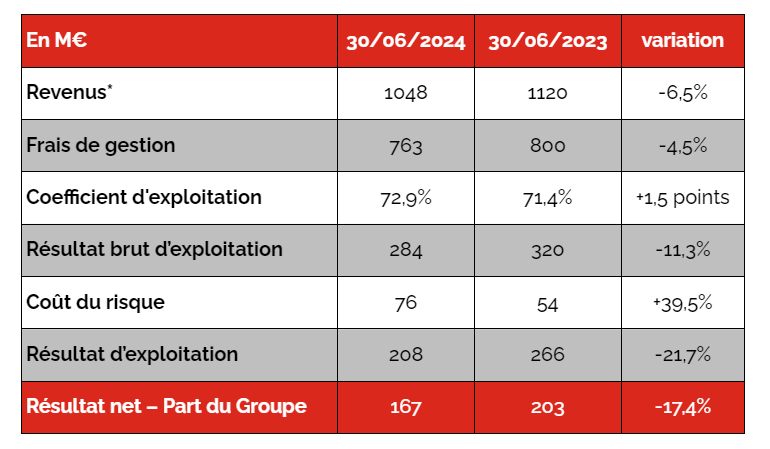 Resultats Financiers Credit Mutuel Am Perspectives Q4 2024
May 19, 2025
Resultats Financiers Credit Mutuel Am Perspectives Q4 2024
May 19, 2025 -
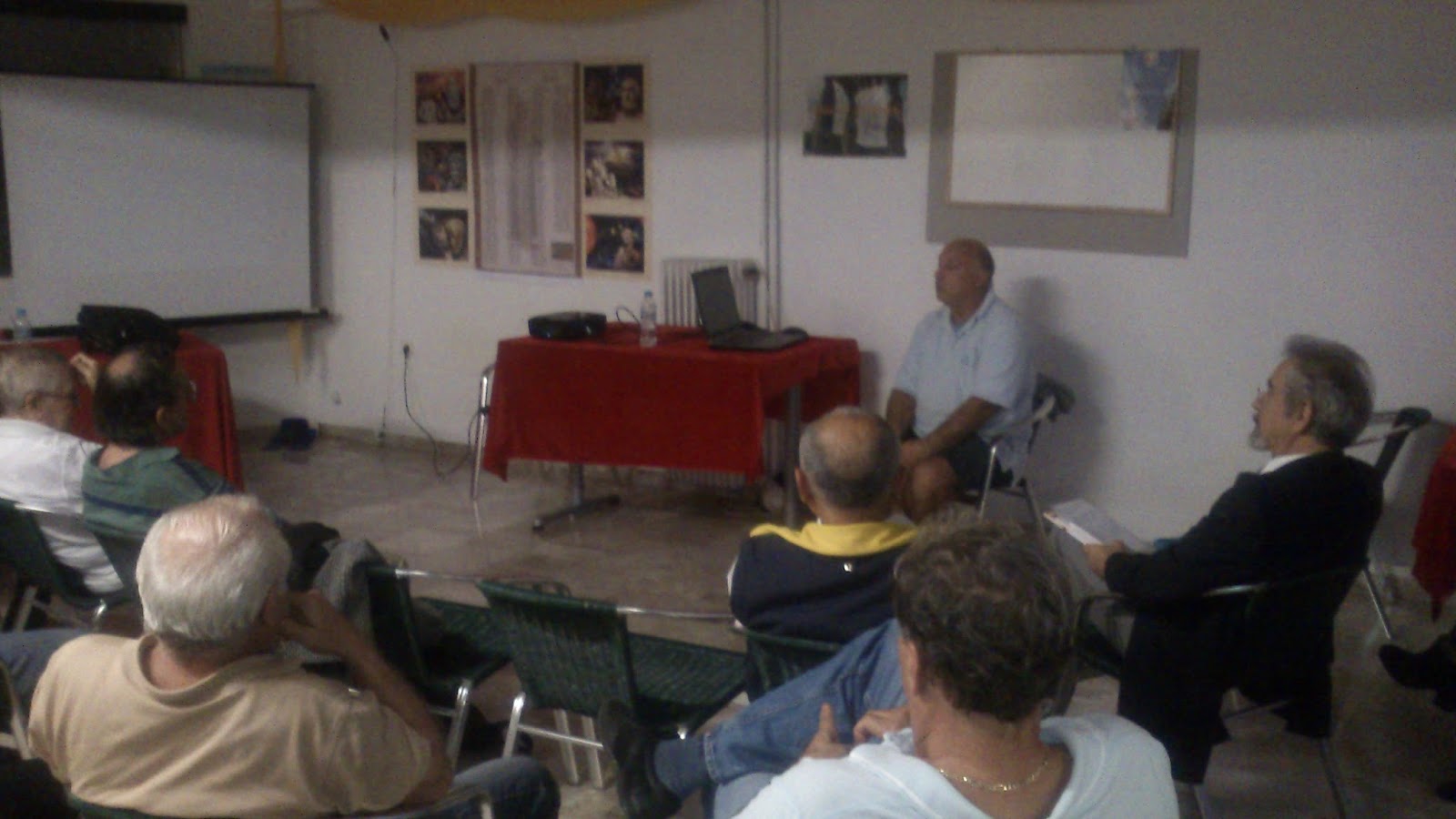 Nea Dynamiki Stis Sxeseis Ierosolymon Kai Antioxeias
May 19, 2025
Nea Dynamiki Stis Sxeseis Ierosolymon Kai Antioxeias
May 19, 2025 -
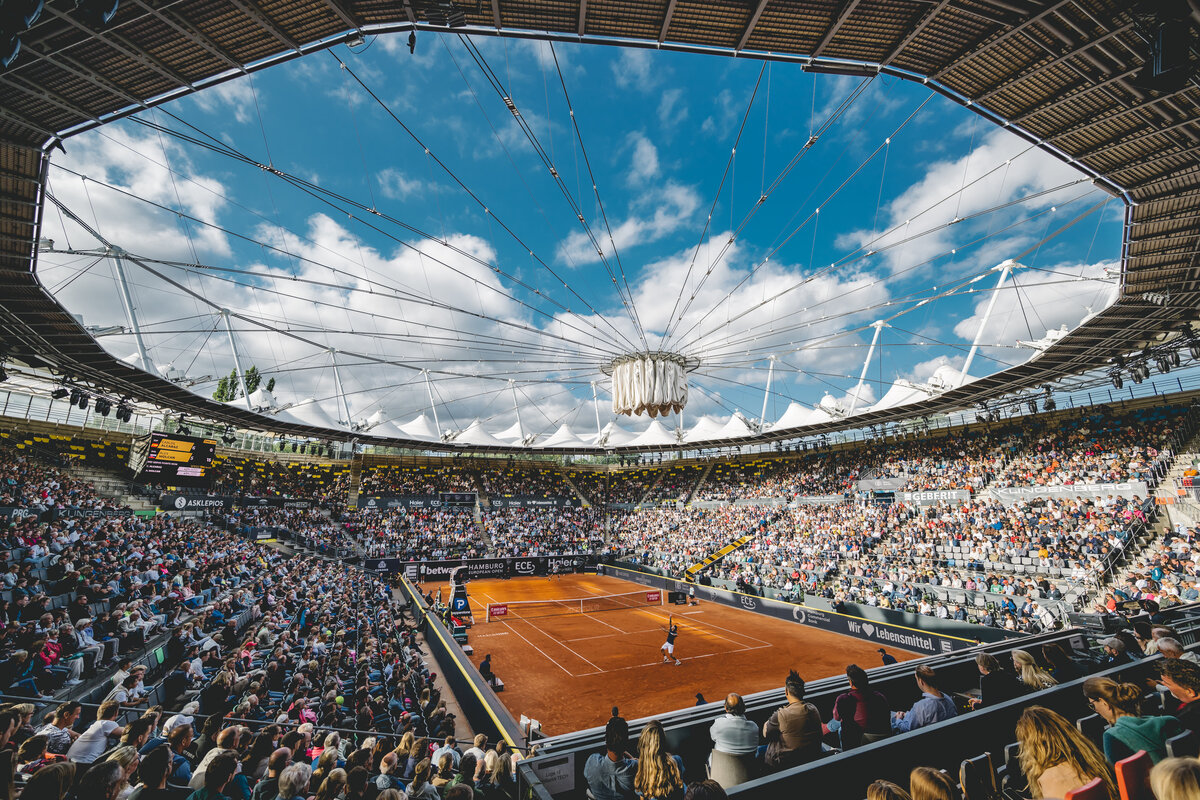 Sinners Post Ban Schedule Includes Hamburg
May 19, 2025
Sinners Post Ban Schedule Includes Hamburg
May 19, 2025 -
 Dwi Charges Filed Against East Hampton Police Officer Luis Morales
May 19, 2025
Dwi Charges Filed Against East Hampton Police Officer Luis Morales
May 19, 2025 -
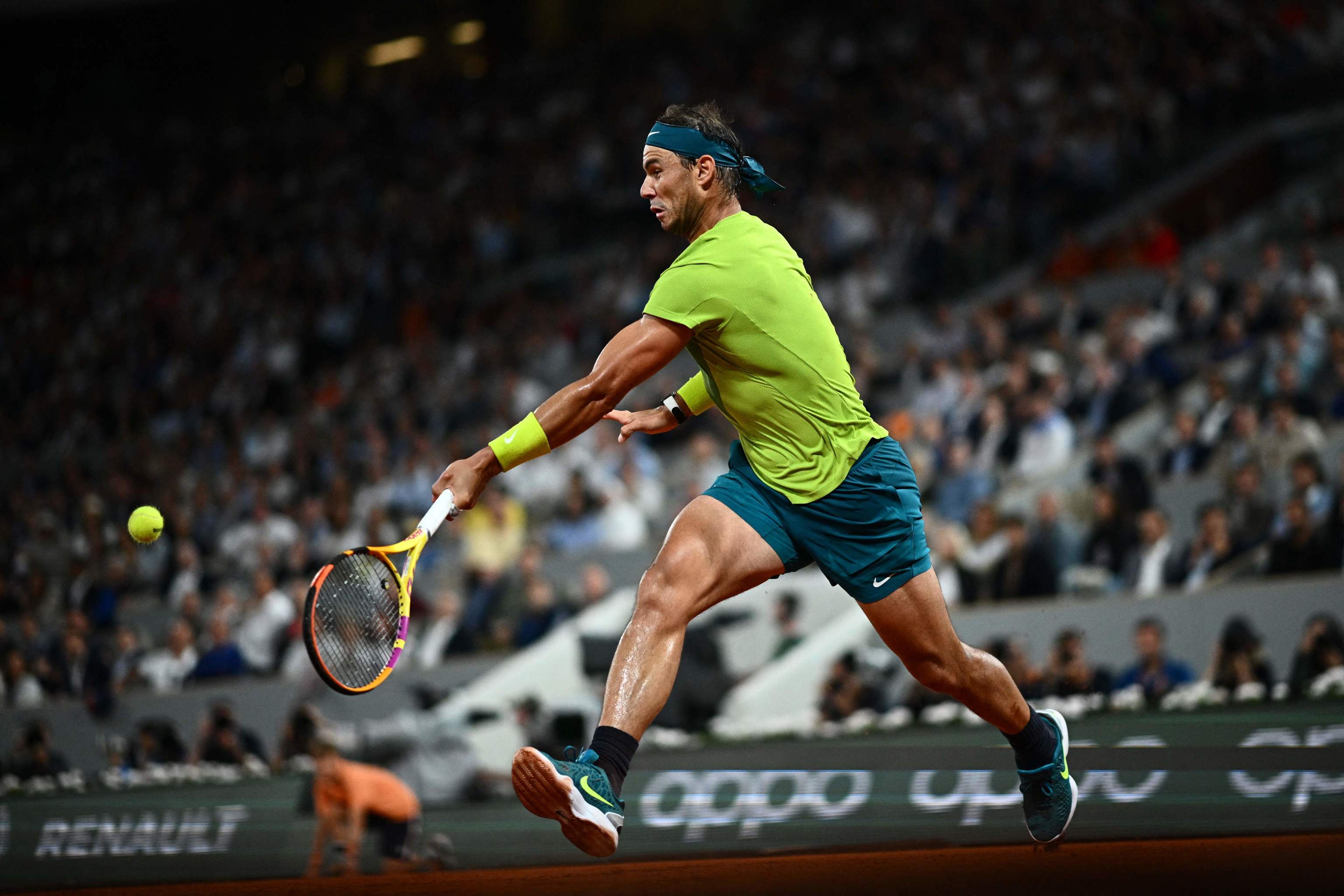 Rafa Nadal El Tenis Pierde A Un Gran Referente
May 19, 2025
Rafa Nadal El Tenis Pierde A Un Gran Referente
May 19, 2025
